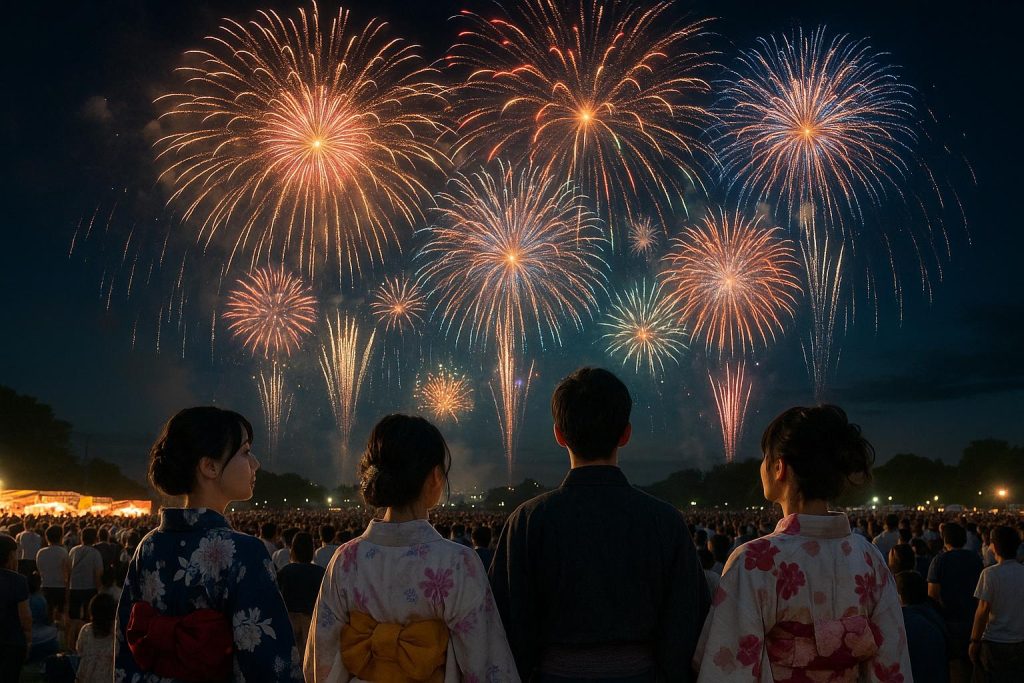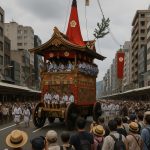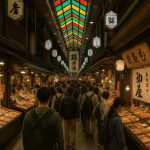About Fireworks Festivals
Fireworks festivals serve as iconic elements of summer celebrations across various countries worldwide. Combining the dazzling display of fireworks with a rich tapestry of cultural and traditional festivities, these events are meticulously designed to captivate audiences of all ages. The grand displays are often meticulously choreographed, set against musical backdrops that enhance the dramatic impact of the fireworks, creating an immersive experience for spectators. The magnitude of these festivals varies significantly, ranging from small, community-based local events to grand-scale international competitions featuring renowned pyrotechnicians from different parts of the globe. This diversity in scope makes fireworks festivals a versatile celebration, appealing to a wide array of audiences and cultural preferences.
History of Fireworks
The historical roots of fireworks trace back to ancient China, where they were first employed not only for celebratory purposes but also to ward off malevolent spirits. Over time, the role of fireworks evolved beyond their mystical and superstitious origins, adopting a universally celebratory symbolism that resonated across various cultures worldwide. As the centuries progressed, both the technology and artistry associated with fireworks underwent substantial advancements. Modern fireworks feature complex designs and patterns, and innovations in chemistry have allowed for a broader array of colors and effects. Additionally, increased emphasis on safety protocols has contributed to making spectacular displays safer for both participants and spectators.
Popular Destinations for Fireworks Festivals
Numerous countries are renowned for hosting spectacular fireworks festivals. In Japan, the hanabi taikai represents a quintessential aspect of a traditional Japanese summer, where cities across the nation hold their own versions of these mesmerizing events. Among the most prominent is the Sumida River Fireworks Festival in Tokyo, which attracts hordes of spectators every year, flocking to witness the explosion of colors against the night sky.
In Europe, Spain plays host to the Valencia Fireworks Festival, which is part of the grander celebration known as Las Fallas. This festival infuses the air with excitement and tradition, offering a stunning showcase of pyrotechnic artistry. North America boasts its own share of famous events, such as the Boston Pops Fireworks Spectacular, which is renowned for its breathtaking performances that seamlessly blend music and fireworks to create an unforgettable experience.
Safety Measures and Regulations
The successful execution of a fireworks festival relies heavily on adherence to rigorous safety measures and regulations. Event organizers are mandated to follow stringent guidelines pertaining to the storage, handling, and launching of pyrotechnic materials. Ensuring public safety involves more than just managing the pyrotechnics; it extends to comprehensive crowd management strategies and robust emergency preparedness plans. By implementing these protocols, organizers aim to minimize the risk of accidents, ensuring that the festivities proceed smoothly. For those interested in the specifics of fireworks safety, industry organizations such as the American Pyrotechnics Association offer valuable resources and guidelines.
The Environmental Impact
While fireworks provide a visually enchanting experience, there is growing awareness and concern regarding their environmental impact. The challenges posed include significant levels of air and noise pollution, as well as potential adverse effects on local wildlife and ecosystems. Fireworks releases chemicals and particulate matter into the atmosphere, contributing to air quality issues. Similarly, the loud explosions can disrupt animal habitats and behaviors. In response to these environmental concerns, some festivals are pioneering the use of eco-friendly alternatives. These include environmentally sustainable fireworks that utilize cleaner combustion materials, as well as exploring non-pyrotechnic options such as laser light shows. These innovations aim to preserve the awe-inspiring spectacle of fireworks while minimizing ecological footprints.
In conclusion, fireworks festivals are more than just a spectacular visual phenomenon—they are a vibrant component of cultural and communal celebrations across the globe. By delving into their historical context, understanding their cultural significance, and emphasizing the importance of safety and environmental responsibility, we can enrich our appreciation of these events. This multifaceted approach ensures that the enjoyment and sustainability of fireworks festivals can be secured for future generations, allowing them to partake in the awe and wonder that these events so generously offer.













